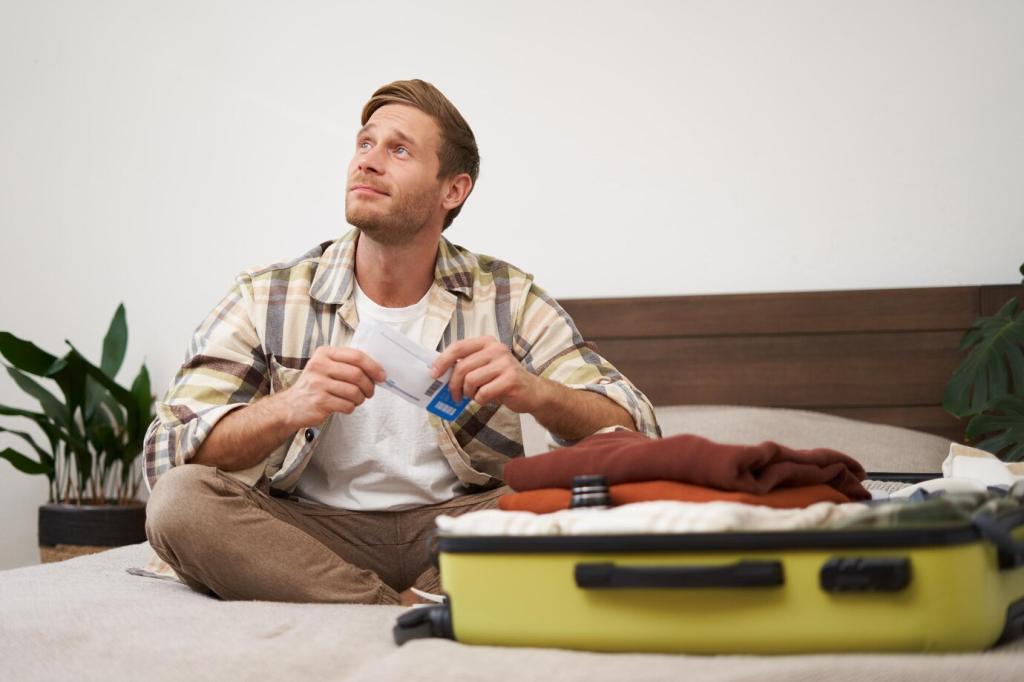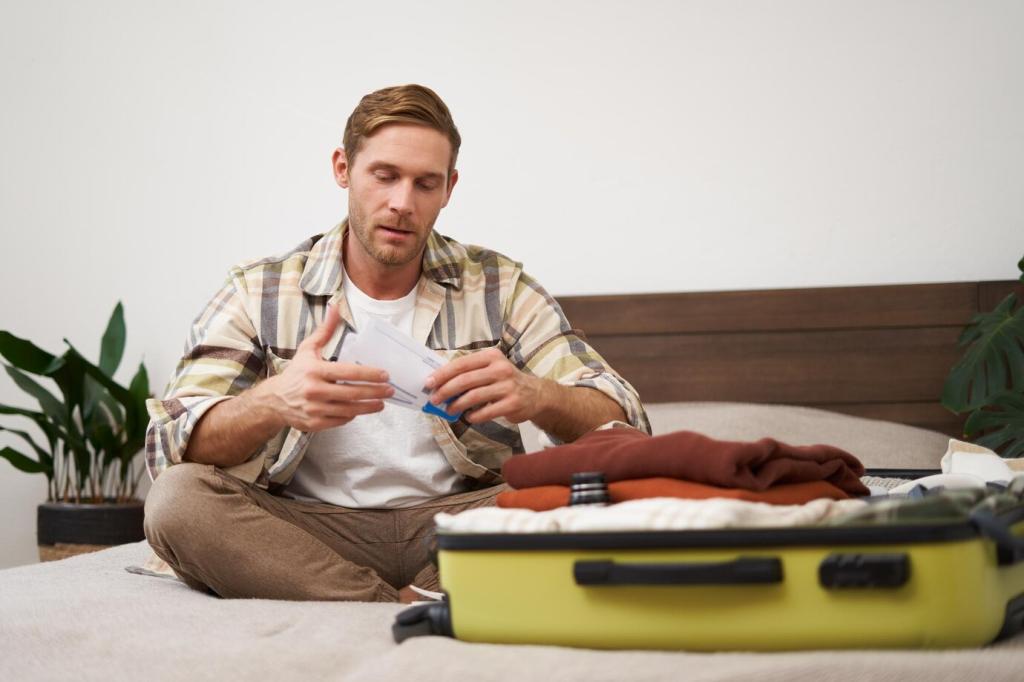Before You Go: Vehicle Readiness That Prevents Roadside Drama
Check pressures when tires are cold, including the spare, and compare against the door-jamb placard. Inspect tread depth across the width, watching for uneven wear. Underinflated tires run hotter, increasing blowout risk, especially on long, loaded, summer drives.
Before You Go: Vehicle Readiness That Prevents Roadside Drama
Top off engine oil, coolant, brake fluid, and windshield washer fluid, and confirm recommended service intervals. Replace streaking wiper blades before rain makes them useless. A clean air filter protects performance and fuel economy, especially on dusty backroads and high-altitude passes.






